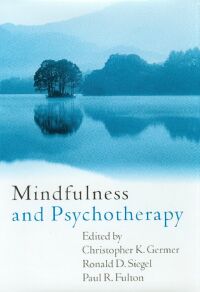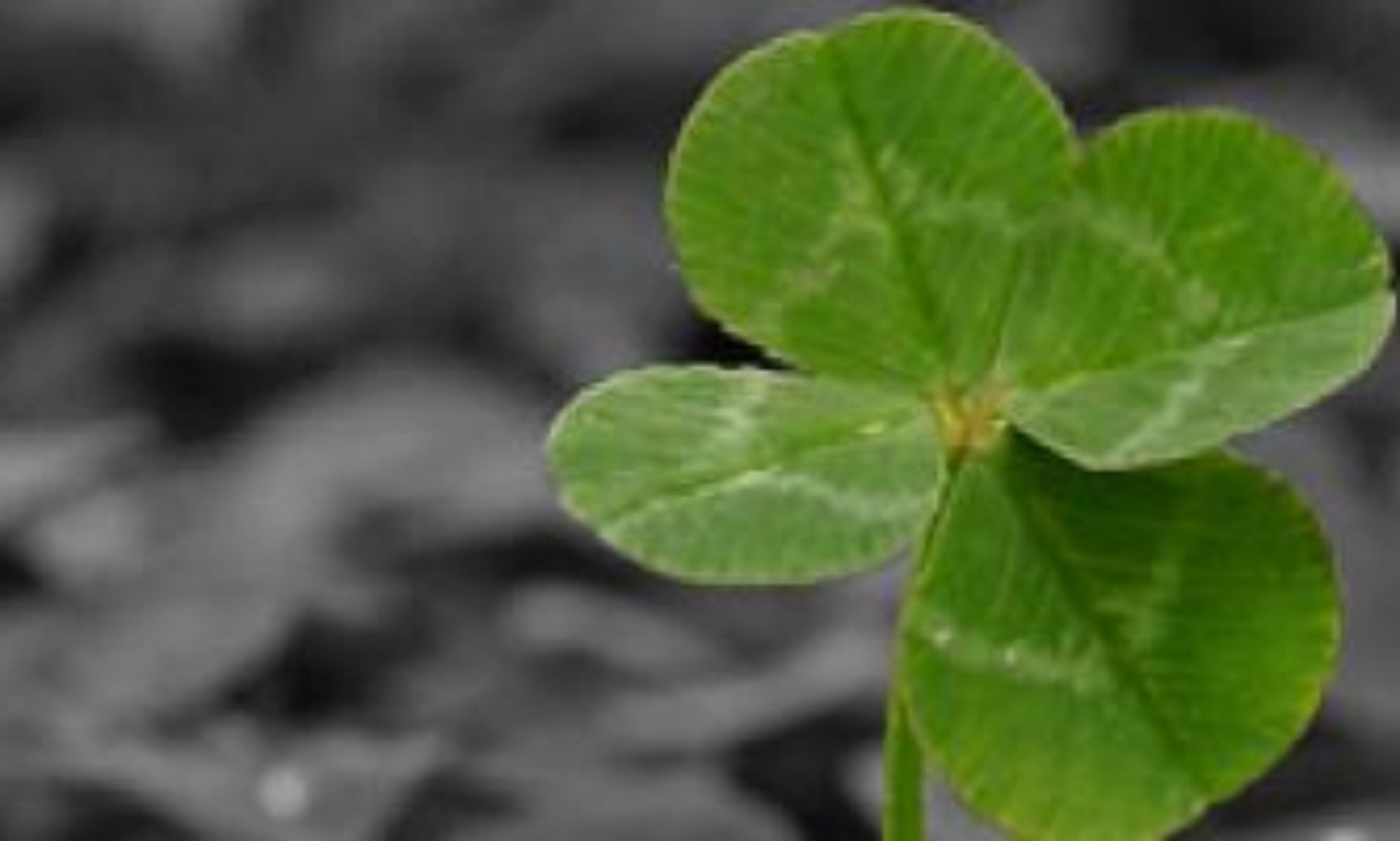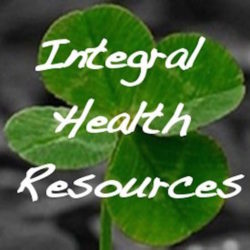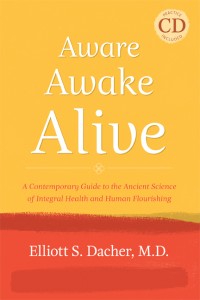[See parts 1, 2, 3, 4, and 5 of the series]
The processes that work to shape people into alignment with societal agendas, that lead to experiences of bodymind dissociation, influence people’s lives only to the extent that human beings are, by nature, functionally malleable. That is to say, human beings, like all forms of life, will continually adapt to the givens of their environmental situation — which for people includes a sociocultural environment. In contrast to the technology of alienation, which takes advantage of this malleability to undermine people’s sensual authority, Johnson (1992) describes another way of integrating techniques, one that encourages people to develop and connect to their unique store of embodied wisdom. Johnson calls this alternative “the technology of authenticity”.
The many technologies of authenticity (including person-centered therapy, experiential focusing, and somatic education) are practical strategies that: (1) facilitate the recovery of an individual’s inherent self-sensing capacities (i.e. one’s sense of embodied authority), and (2) provide an environment where authentic expression of this newly expanded awareness is supported and encouraged. As we will see, the various practices engage this process of personal transformation from different perspectives, perspectives that prove to be complimentary in supporting a multidimensional, unified vision of growth, health and embodiment.
When a physiologist or a behavioral scientist views a human being, he or she sees an organism, a “body” that is subject to the same physical and chemical forces that affect all bodies, be they plants or planets. These objectively studied human bodies are also influenced by social and cultural factors in observable, somewhat predictable ways, and are endowed with particular testable and measurable cognitive capacities. The understandings gained from this objective study of humanity are not to be minimized — they are essential and profound. Yet, a human being can also be viewed from within, and while from an externalized, third-person point of view people are objective bodies, from an internalized, first-person vantage point they are subjective beings, what Thomas Hanna (1988) refers to as “somas.”
Soma, as Hanna explains, is a Greek word that means “living body”. The term is equated with neither the concept of body nor mind, but instead refers to the unbroken experience of ourselves as living, thinking, bodily beings. Whereas mind and body are traditionally conceived as things or distinct entities of some sort, the soma is conceived as a process. From Hanna (1970):
Soma is living; it is expanding and contracting, accommodating and assimilating, drawing in energy and expelling energy. Soma is pulsing, flowing, squeezing and relaxing (…), yearning, hoping, suffering, tensing, paling, cringing, doubting, despairing. (…) Somas are the kind of living, organic being which you are at this moment, in this place where you are.
From the traditional scientific viewpoint, people are observable, manipulable objects. Traditional doctors study people’s bodies; traditional psychologists study people’s minds. From the somatic viewpoint, people are more than just bodies understandable and approachable on a bio-physical level, and minds understandable and approachable on a psycho-social level. We are equally self-sensing, self-moving, self-aware, self-expressing, self-responsible subjects — we are somas. Somas who not only are shaped by their relations with the environment and other people in observable ways, but who also profoundly affect their own state of functioning through subjective beliefs, expectations, and through the power of their own self-awareness.
An inquiry into human experience that recognizes the whole person must engage and utilize both the I-it mode of knowing, characteristic of the traditional medical and psychological approaches, as well as people’s capacity to know and live situations through directly felt embodiment. The scientific method can be used to explore and understand the objective side of the coin. The somatic/experiential perspective — the foundations of which will be laid out in the following sections — is an attempt to get underneath that coin, to stand it on its edge and view it from a balanced, integrated point of view.
 I’m currently reading Mindfulness and Psychotherapy (Edited by Germer, Siegel & Fulton), widely considered to be one the best books yet published on the topic. Four chapters in, and I’m enjoying the book thoroughly. I just came across a section on the value of cultivating empathy through Buddhist-inspired practice. I like the image the authors (Susan & William Morgan) use to connect intention, practice, and whatever sought-after quality one is trying to cultivate (in this case, empathy):
I’m currently reading Mindfulness and Psychotherapy (Edited by Germer, Siegel & Fulton), widely considered to be one the best books yet published on the topic. Four chapters in, and I’m enjoying the book thoroughly. I just came across a section on the value of cultivating empathy through Buddhist-inspired practice. I like the image the authors (Susan & William Morgan) use to connect intention, practice, and whatever sought-after quality one is trying to cultivate (in this case, empathy):



